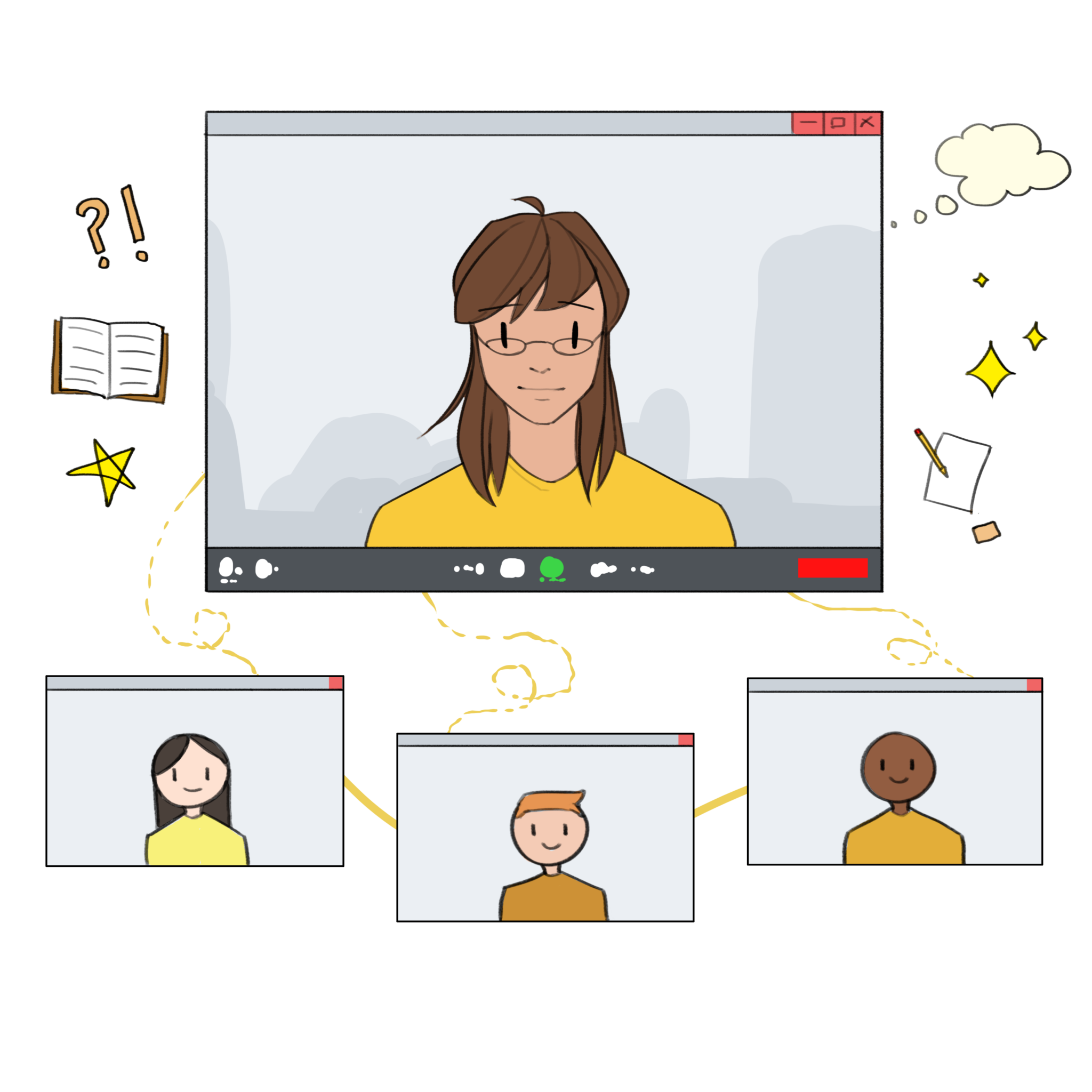

As the coronavirus continues plaguing the world, essential workers have emerged as heroes. While the umbrella of essential workers spans far, all of their jobs are critical to infrastructural operations. Aragon staff and faculty, as educators, are part of this group, working through unpredictable circumstances to ensure that students are supported. Although their responsibilities differ, changes brought about by the coronavirus have presented various challenges to tackle.
English teacher Victoria Daniel’s regular tasks include planning lessons, grading and interacting with students and meeting with her professional learning community, teachers who instruct the same course as her. Teaching brings her immense joy, from English itself to the connections she has established.
“I adore students,” Daniel said. “I love literature, books, but more than that I love teenagers. I enjoy my colleagues and teaching at Aragon.”
Aragon instructional assistant Veronica Giessner supports students academically, by attending classes and working with students. She also helps during Don Distribution Days, where students pick up supplies, to ensure that materials are prepared and distributed efficiently. Giessner feels connecting with students and aiding them in reaching their academic goals is the most rewarding part of her job.
“My job consists of going to class just like the kids, taking notes, Zooming and helping certain students one on one,” Giessner said.
Academic adviser Heather Stretch helps set academic schedules, create post-secondary school, discuss motivation and success strategies and support academic progress. She often works with guidance counselor Lea Sangunetti.
Aragon staff and faculty have faced significant changes in the structure of their professions, including fewer in-person interactions, reduced physical activity and difficulty staying engaged.
“Pre-COVID times, my job was very active,” Daniel said. “I was always making decisions [and] thinking; it kept me mentally and physically engaged.”
Giessner’s daily work life has stayed the same, minus the school environment. She works the same hours but now uses Zoom to communicate. On the other hand, Stretch works longer hours than her traditional 8 a.m. to 3 p.m. schedule, starting earlier or ending later to reach out to students. Before the stay-at-home order in December, she worked on campus two days a week, but she now works at home daily.
Connecting with students virtually has presented itself as a tumultuous obstacle. Communication is different with virtual interactions because they lack the authenticity that face-to-face conversations offer.
“Everything is very muted,” Daniel said. “You miss a lot of the subtleties [of a classroom]. There’s not as much laughter.”
Similarly, the decrease in interaction with her colleagues and students has taken on a toll on Stretch. Previously, students could stop by her desk, or she would catch them between classes. She cites the difficulty of communication, which is the basis of her job.
“Phone calls are fine, but face-to-face interactions are best,” Stretch said. “Though it’s not exactly the same, Zoom allows us to do that, and I’m grateful.”
Assessing student performance, an essential task for teachers, is a struggle. Daniel assigns assessments to track progress, whereas with in-person learning, she could do so from observation. Similarly, Giessner finds it harder to ask questions, an obstacle in determining whether a student understands curriculum.
“It leaves me wondering sometimes … if they really understand what they need to be doing, or if they have more questions,” Giessner said.
Daniel strives to create an engaging classroom culture through collaboration, a task easier said than done over Zoom. Cultivating a community amongst students is nearly impossible, especially when they aren’t familiar with peers.
Portions of the school day outside of the classroom have been replaced by Zoom alternatives, such as the meeting of clubs or other extracurricular activities.
“There’s been an increase in work and decrease in joy … [which comes from] personal interactions and seeing students in the hallway and going to the rallies and watching their clubs,” Daniel said.
Aragon staff emphasizes the importance of kindness during these times, as Covid-19 has forced everyone to adjust to a new way of living. As they continue to navigate virtual instruction, the district hopes that students and staff will be able to return to school, while prioritizing health and safety.




